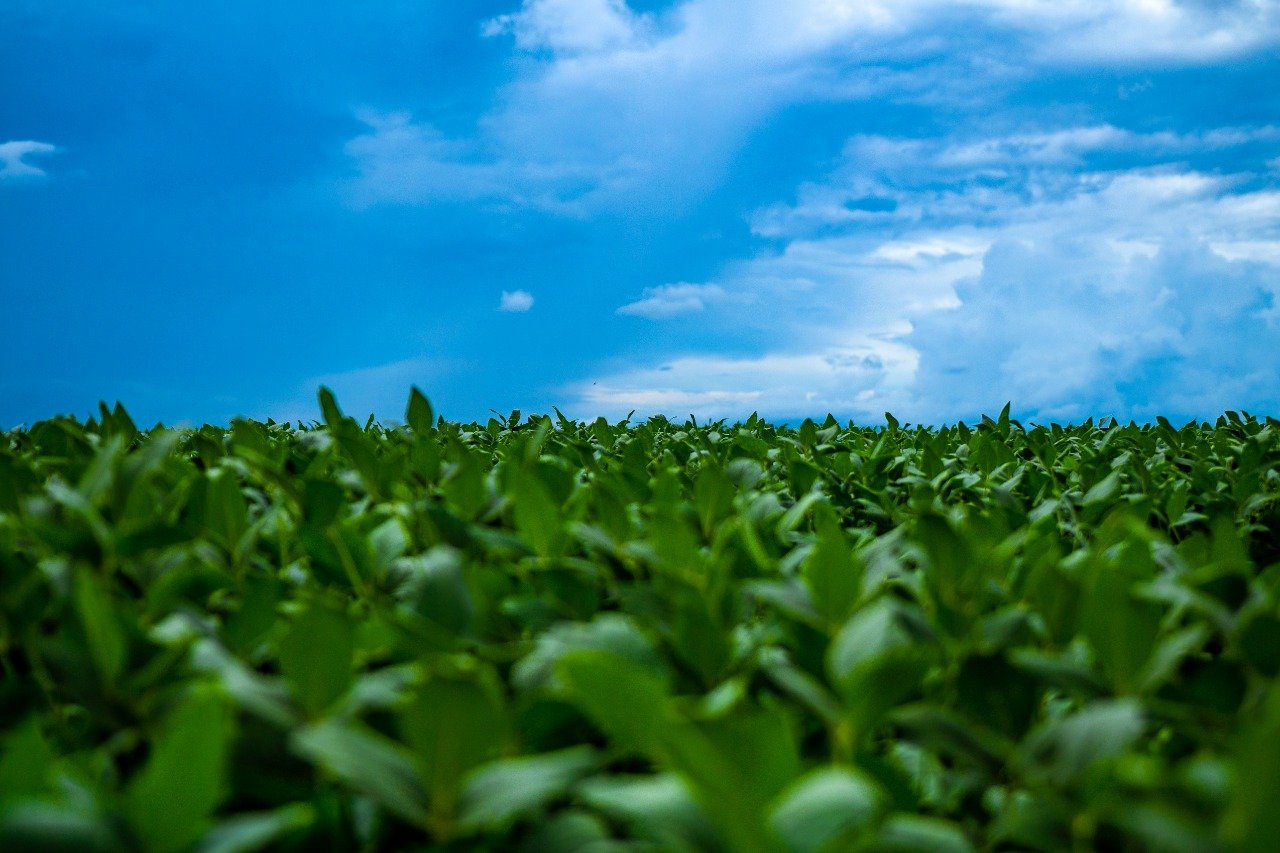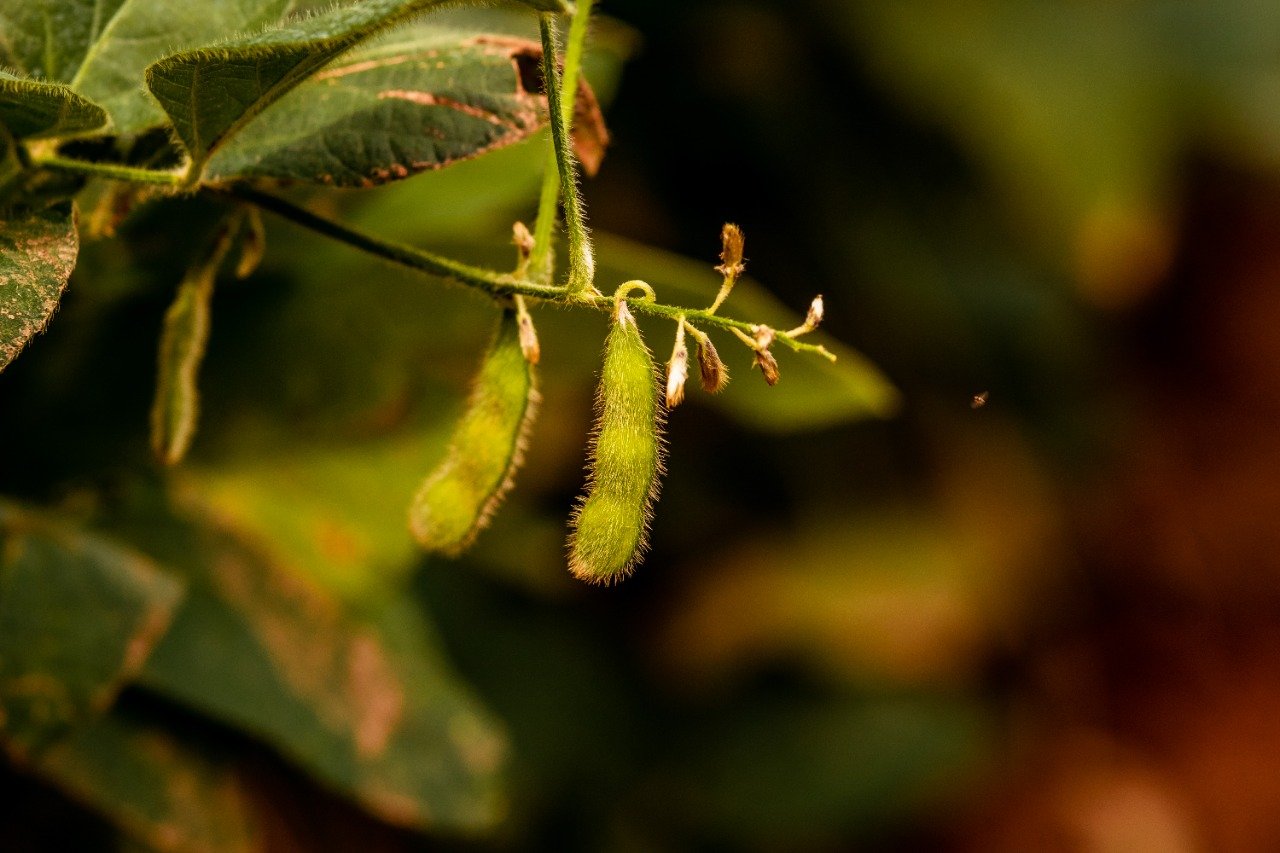Perspectives on low carbon agriculture in Brazil - history, challenges, and opportunities
The development of agriculture in Brazil caused an unstructured expansion of lands now used for different anthropic activities. Thousands of hectares of natural habitats mostly covered by native vegetation were converted to anthropic use with no forethought on their aptitude for such activities, much less on protecting biodiverse areas. The process of converting landscapes often proves hostile to the environment and means burning land to clear it. This lack of planning has drastically reduced and fragmented natural areas, with negative impacts on biodiversity and the emission of tons of carbon into the atmosphere. Meanwhile, many of these locations turned out to be unproductive, with no access to supplies, or else the exposed soil has been degraded by the formation of gullies.
One way to enhance yields and fight pests is to use fertilizers and pesticides. Their indiscriminate use, however, can damage natural ecosystems and alter the quality of water resources. Intensive application of pesticides can also leave residues in food, pollute waterways, and reduce populations of pollinating insects and other species that provide important ecosystem services. These problems raise the need to promote and encourage more sustainable agricultural practices, such as the adoption of integrated pest management and agroecology, to reduce negative impacts on the environment and human health.
In 2009, at the 15th Conference of the Parties (COP-15), Brazil committed to reducing greenhouse gas (GHG) emissions. Among the strategies adopted was the National Policy on Climate Change (PNMC), whose principles are aligned with precaution, prevention, citizen participation, sustainable development, and common responsibilities. To promote sustainable agriculture, the government created the Sectoral Plan for Mitigation and Adaptation to Climate Change for the Consolidation of a Low Carbon Economy in Agriculture – the ABC Plan.
The ABC Plan’s principles and objectives include low-carbon agriculture, with the recovery of degraded areas, adoption of Integrated Crop-Livestock-Forestry Systems (ICLFS), agroforestry systems (AFS) and the dissemination of Biological Nitrogen Fixation (BNF). ICLFS is a way to harmonize food production with environmental preservation and reduced greenhouse gas emissions. These integrated systems make land use more efficient by incorporating a variety of activities, as well as contributing to carbon sequestration, higher soil organic matter, less erosion and better local climate conditions. Likewise, agroforestry systems optimize land use and promote nutrient cycling and water infiltration in the soil by combining farm crops with the management of tree species. Another essential point is the cycling of nutrients in the soil. Nitrogen is an essential element for agricultural production. Although it is present in abundance in the atmosphere, fixing this element in the soil is a limiting factor. This is why BNF is an important method for farmers to save money and increase productivity.
“ICLFS is a way to harmonize food production with environmental preservation and reduced greenhouse gas emissions. These integrated systems make land use more efficient by incorporating a variety of activities, as well as contributing to carbon sequestration, higher soil organic matter, less erosion and better local climate conditions.”
Sustainable practices and techniques adopted in this type of agriculture minimize negative impacts on the climate and biodiversity, while maintaining yields and ensuring food security. One of the main features of low-carbon agriculture is its efficient use of natural resources, such as soil and water, through management techniques. However, a crop's transport and storage systems must also adopt sustainable practices. Recognizing the importance of agriculture to mitigate climate change today, VCS/VERRA, a world-renowned standard for registering carbon projects on the voluntary market, updated its VM-00042 methodology’s guidance on reducing greenhouse gas emissions and on soil organic carbon removal through improved land-use on farms. This methodology sets a baseline of GHG emissions that would occur in the absence of an agricultural management project. This means assessing carbon emissions from a benchmark situation of land use conditions without the project. This becomes a stimulus for farmers who can generate and market carbon credits by adopting more sustainable agricultural practices.
Although both the government and the voluntary market have strategies to promote sustainable and low-carbon agricultural practices, remaining challenges and barriers still hinder their implementation. Some of these challenges include:
Lack of Awareness: Many farmers may not be aware of the benefits of the ABC Plan or sustainable farming practices, which makes it difficult for them to join.
High Initial Costs: Adopting more sustainable technologies and practices can require significant initial investments. This is an obstacle for farmers with limited financial resources, and could be overcome by generating carbon credits to enable these projects.
Lack of Access to Credit: Many farmers face difficulties getting loans to finance the transition to sustainable practices.
Technical Barriers: The successful implementation of sustainable practices often requires specific technical knowledge and skills. Lack of training and technical assistance can be a barrier.
There is now much information on the relationship of native forests with climate regulation (absorption of radiation, carbon, temperature, and rainfall) and with crop yields. Natural forests capture and store carbon. In the absence of artificial systems to recycle atmospheric carbon, natural systems such as soil, oceans and forests are essential for carbon control. On the other hand, as a living system, a forests' evapotranspiration contributes to local and regional rainfall. One important point here is that biodiversity entails more than just animals and plants. Biodiversity is a dynamic that emerges from a system's physical, chemical, and biological interactions. Biodiversity loss refers not only to the extinction of a species, but also to being deprived of all the interactions that a species performs on behalf of an ecosystem's overall balance.
Conserved forest environments allow nature to provide a variety of services that benefit humans, known as ecosystem services. According to the IPBES Assessment Report on Food Pollinators, natural pollination (carried out by bees and birds, for example) contributes 12 billion dollars a year to agricultural production. Conserved Legal Reserves and Permanent Preservation Areas around crops provide conditions and resources for pollinating fauna to thrive, and also favor connectivity with other forest environments, such as conservation units, making landscapes permeable to the movement of these animals. Even in self-pollinating crops, the action of pollinators can increase the dry weight of the harvest.
Maintaining Legal Reserves and PPAs, although required by the Brazilian Forestry Code, can often be costly for farmers, since preserving these areas requires fencing and monitoring to prevent hunting or environmental degradation by outsiders. Landowners must invest resources in areas that, for many, look unproductive. In this scenario, Nature-Based Solutions are an option to add value and help maintain areas important for the conservation of Brazil's different ecosystems, as well as removal of greenhouse gases from the atmosphere. Incentives to protect these areas are essential to make Brazilian agriculture more sustainable and aligned with environmental protection and sustainable development.
* Israel Schneiberg is specialist in nature-based solutions and climate change at GSS Carbono e Bioinovação.


